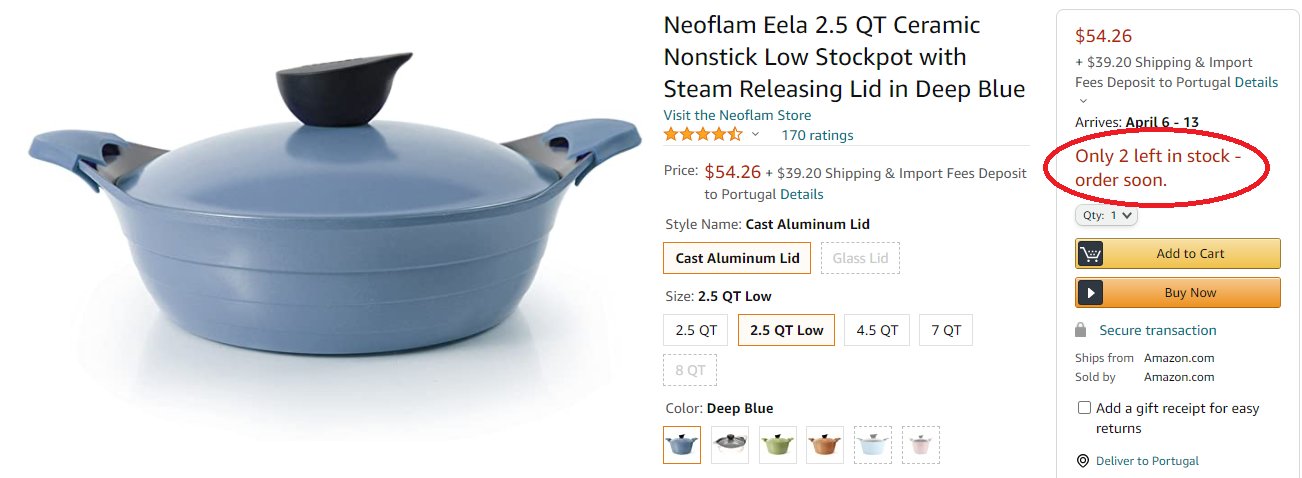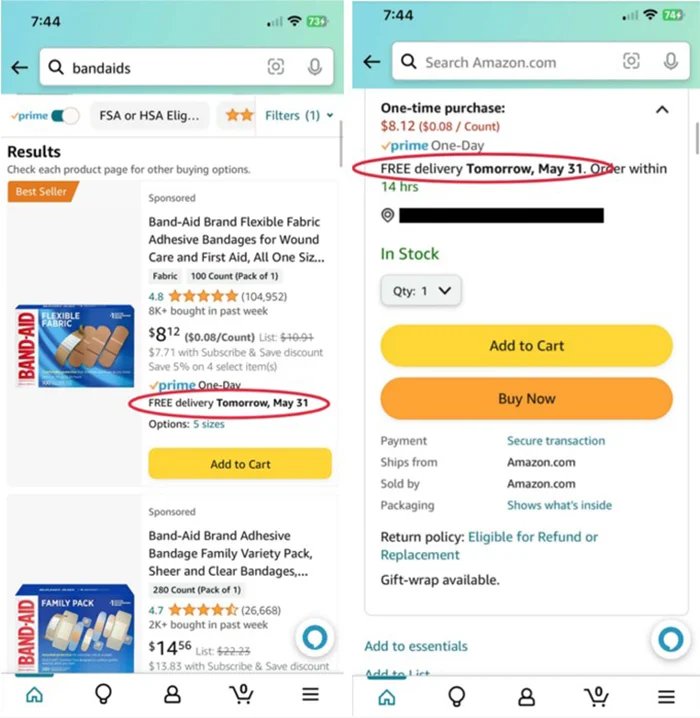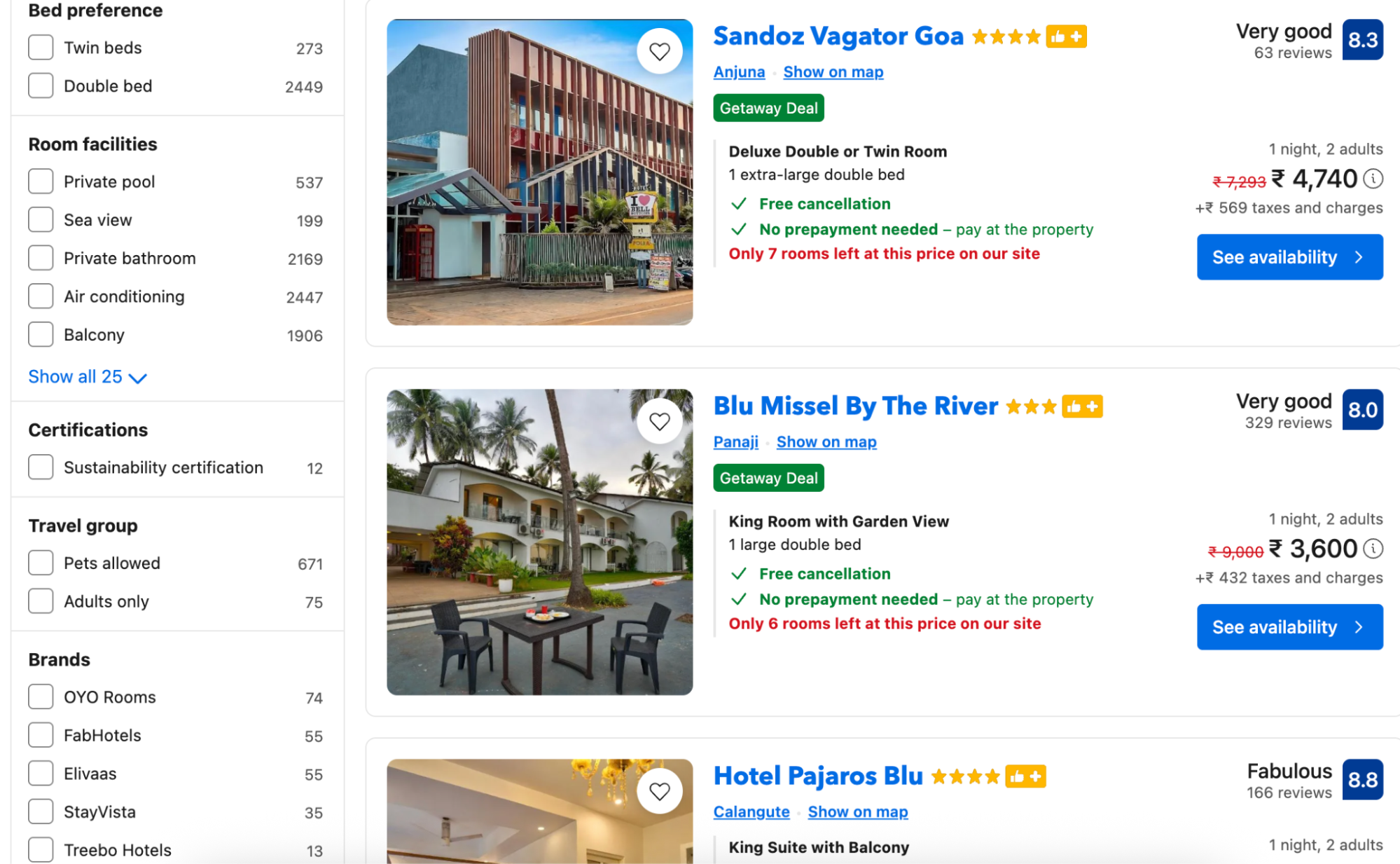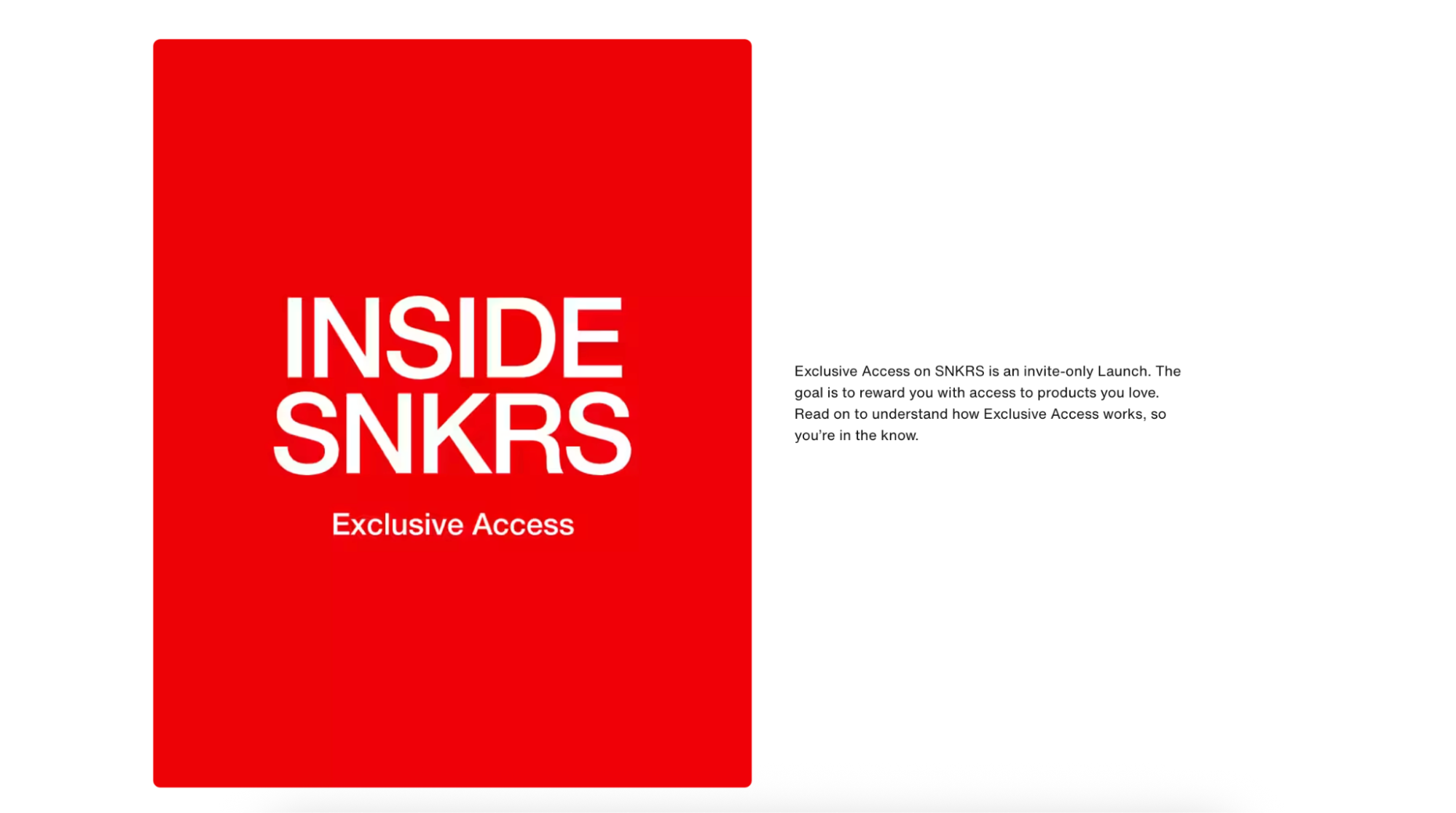Scarcity marketing is a persuasion strategy that leverages the perception of limited availability of products, time, or access to encourage users to act quickly. It taps into our basic human instinct to want what we can’t have or might lose.
When something appears scarce, limited, or exclusive, our brains interpret this as a signal of higher value and desirability. This perceived value, combined with urgency, taps into deep psychological triggers that drive faster decision-making.
When implemented strategically, scarcity marketing can drive significant improvements in conversion rates, reduce decision paralysis, and accelerate the customer journey. But like any CRO tactic, its effectiveness depends on proper implementation, testing, and measurement.

Scarcity marketing triggers three powerful psychological responses:
1. Fear of missing out (FOMO)
Scarcity creates urgency by activating our loss aversion instinct. Research by Kahneman and Tversky shows that people feel the pain of losing something about 2.25 times more strongly than the pleasure of gaining it. That means we’re more likely to act when we think we might miss out, because avoiding loss feels more urgent than chasing a win.
Imagine an online course platform that shows “Only 15 spots left,” with a live counter dropping as people enroll. A potential student sees it fall to 12, then 9, and suddenly feels the urgency. The fear of missing out feels stronger than the urge to think it through, pushing them to act immediately.
2. Increased perceived value
Scarcity signals quality and desirability. Products or services that appear limited are often perceived as more valuable, exclusive, or superior to readily available alternatives. This phenomenon, known as the scarcity heuristic, causes us to automatically associate rarity with worth.
For instance, a restaurant that books out weeks in advance is instantly seen as more desirable, even if the food is just as good as the place next door. The difficulty of getting a table creates a perception of quality and exclusivity, justifying higher prices and attracting status-conscious diners who want to be part of something rare and special.

3. Urgency and decision acceleration
Time constraints or limited availability help overcome analysis paralysis. When faced with scarcity, people make faster decisions rather than endlessly comparing options. This works because scarcity reduces the cognitive load of decision-making by providing clear boundaries and forcing action within a specific timeframe.
Picture a flash sale for software subscriptions that lasts exactly 2 hours. A business owner who usually over-researches feels pressured to decide fast. The time pressure leaves little opportunity to overthink, so the business owner makes a quick decision that feels sufficient before the deal is gone.
Most effective scarcity marketing tactics
While scarcity marketing can take many forms, certain tactics have proven consistently effective across industries and audiences. Here are five core strategies:
1. Countdown timers
Countdown timers create visual urgency by displaying the time remaining for an offer or action.
They work particularly well for:
- Flash sales and limited-time offers
- Course enrollment deadlines
- Checkout abandonment recovery
- Product launch windows
The visual nature of countdown timers makes them highly effective at capturing attention and creating immediate urgency. They’re particularly powerful in checkout flows where users are already engaged but might be hesitating to complete their purchase.
2. Low-stock/spots alerts
Stock scarcity notifications inform users about limited inventory, creating urgency around product availability. Examples include:
- “Only 3 items left in stock”
- “Low stock – order soon”
- “Back in stock alerts” for sold-out items
- “Limited spots available” for free trials
These alerts work by combining supply scarcity with social proof. If stock is running low, it implies other customers are buying the product, making it more desirable.
3. Exclusive and invite-only access
Exclusivity increases perceived value by offering something only a select few can access. When users know that access is restricted either by invitation or membership, it creates a sense of privilege and urgency. Common applications include:
- VIP customer programs with early access to sales
- Beta feature access for power users
- Premium membership tiers offering special benefits
- Invite-only communities, waitlists, or events
By blending exclusivity with limited availability, brands can deepen user engagement and drive conversions. Customers feel seen, valued, and motivated to act, especially if the offer feels like a rare opportunity.
4. Limited-edition product drops
When product availability is restricted by time or quantity, it encourages faster decisions and heightened interest. This strategy is particularly effective for:
- Seasonal collections
- Collaborative products
- Special editions
- Anniversary releases
Limited editions tap into users’ desire for uniqueness and the fear of missing out on something that won’t be available again.
How top brands use scarcity effectively
Learning from successful implementations helps shape your own strategies. Here’s how leading brands leverage scarcity:
1. Amazon
Their multi-faceted approach includes:
a. Lightning deals: These time-limited offers combine several scarcity elements, such as a countdown timer showing time remaining and limited quantity availability.
b. Inventory alerts: Amazon’s “Only 1 left in stock – order soon” messaging appears strategically when inventory reaches predetermined thresholds. The messaging varies by product category and customer segment, with higher-value items often showing scarcity at higher inventory levels.

c. Prime member exclusivity: Early access to deals and exclusive pricing creates membership-based scarcity, driving Prime subscriptions while increasing customer loyalty.
Recommended product scarcity: “Customers who bought this item also bought” sections surface high-demand complementary products, subtly encouraging additional purchases through social proof and relevance.

2. Booking.com
Their comprehensive scarcity strategy includes:
a. Room availability alerts: Throughout the hotel search and booking process, users frequently encounter urgency-driven messages like “Only 2 rooms left at this price.” These alerts are automatically triggered when availability drops below a threshold, pushing users to act quickly to secure the deal.

b. Live interest indicators: Booking.com leverages social proof by displaying dynamic updates such as “13 people are currently viewing this property” or “Booked 5 times in the last 24 hours.” These signals foster a sense of competition and increase perceived value, especially for popular listings.
3. Nike
Their comprehensive scarcity approach includes:
a. SNKRS app exclusivity: Nike’s dedicated app creates a controlled environment for limited releases, with features like “shock drops” that create unexpected scarcity and immediate urgency.

b. Collaboration-driven scarcity: Partnerships with designers, athletes, and brands create unique products that can’t be obtained elsewhere, combining brand scarcity with product exclusivity.
c. Tier-based access: Nike’s membership program provides early access to certain releases, creating hierarchy-based scarcity that rewards loyalty and engagement.
d. Limited production runs: Even for popular models, Nike maintains controlled production quantities, ensuring that demand consistently exceeds supply.
Wrapping up
The most powerful scarcity campaigns don’t feel like marketing at all. They feel like helpful guidance that saves users from missing out on something valuable. When implemented strategically, scarcity leverages fundamental psychological triggers like FOMO, urgency, and loss aversion to accelerate user decision-making.
But not every tactic will work the same way for every audience or funnel stage. That’s why experimentation is essential. Start by identifying key friction points in your funnel using behavior analytics tools. Then introduce scarcity elements like low-stock messages, limited-time offers, or exclusive access, and A/B test them to see what actually drives measurable impact. Start a free trial with VWO to implement and refine scarcity tactics with confidence!










